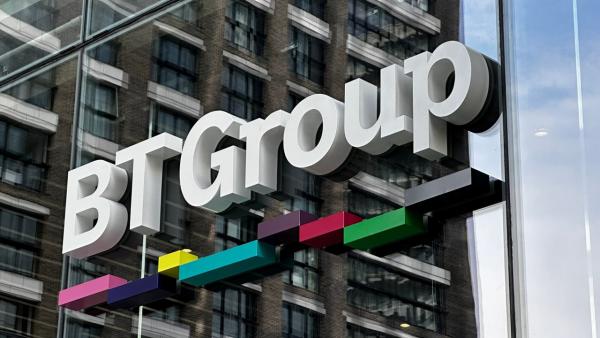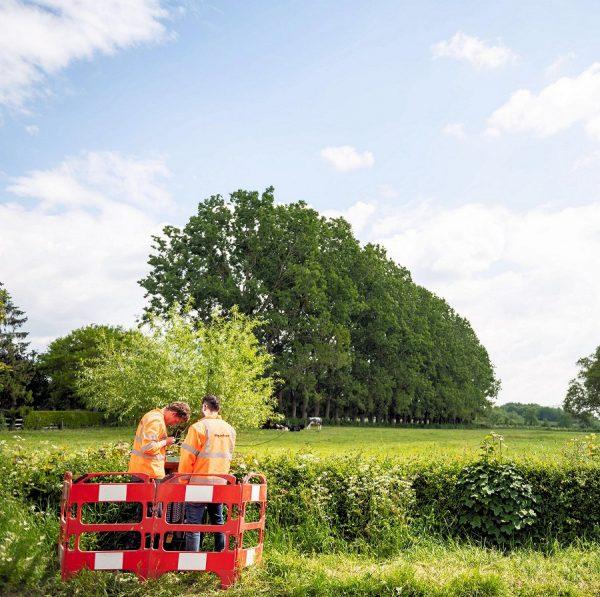
As the Future Network Programmes conclude, UKTIN is working with DSIT to reflect on the government-funded projects, outlining the key outcomes and the lessons learned to help improve future telecoms initiatives.
The UK's entertainment and media sector could be worth £53 billion to the UK economy in 2033 if growth continues at its current trajectory. However, the industry must evolve with new technologies, platforms and consumption patterns and 5G could play an important role. By the end of this year, 57% of global wireless media revenues are expected to be generated using 5G networks – and Intel’s 5G Economics of Entertainment report has forecasted that 5G could bring $ 1.3 trillion in new revenues for the media and entertainment industry by 2028.
ON-SIDE
Glasgow’s City Region is using 5G to reshape its entertainment sector. In November, the ON-SIDE project – Open Network Shared Spectrum Innovation and Design Environment – tested private 5G networks to support wireless camera operations for studio broadcasting at the BBC Pacific Quay studios in Glasgow. In addition, the project has deployed a standalone 5G network in a stadium setting, guaranteeing capacity and offering immersive experiences for attendees.
The private 5G network has the advantage of a single IP-based bidirectional configuration, which means more efficient spectrum use, facilitating the operation of multiple cameras and associated equipment. Production studios have stringent latency targets and the video quality needs to be as high as possible.
Ian Wagdin from BBC Scotland said: “Our spectrum was a mix of ON-SIDE and BBC spectrum secured via Ofcom’s current spectrum licensing systems, and one of the aims of the project is to identify how we can streamline the process. We also ran various encoders from several manufacturers at different bit rates and recorded the output so that we could do some later analysis of the encoder performance. The full results are currently being analysed and will form part of the output documentation of the ON-SIDE project.”
Dr Cameron Speirs. CEO Neutral Wireless commented on the project’s private 5G stadium deployment: “A driving force behind the ON-SIDE project has been our desire to develop high-performance Private 5G solutions that are more accessible to a wider range of end-users. We have collaborated with our project partners to engage key stakeholders across various industries, which has greatly increased our understanding of customer-specific and sector-specific wireless connectivity needs and operational challenges. By exploiting the flexibility of Private 5G, we have demonstrated that we can rapidly tailor our network solutions to deliver enhanced performance and increased commercial value. In our drive to democratise Private 5G, we have lowered the barrier to the implementation and operation of our Private 5G solutions, such that our end-users feel comfortable taking charge of what has become their wireless networks.”
The Belfast 5G Innovation Region
The Belfast 5G Innovation Region (5GIR) programme, led by Belfast City Council’s City Innovation Office, has created 5G Studio in collaboration with Ulster University’s Studio Ulster and Advanced Wireless Technologies Lab. The aim is to accelerate screen production processes in the industry.
The studio’s ‘5G-in-a-box’ technology connects film, television, and screen production teams to enable filming in remote locations and produce studios in real-time via a high-capacity 5G private network. The team is working with businesses, academia, and the public sector to support the adoption of 5G and other advanced wireless networks across the Belfast Region.
Professor Frank Lyons, 5G Film Anywhere Project Lead, Ulster University said:
"The 5G Film Anywhere project is driven by a multidisciplinary team of artists and engineers from Ulster University and Studio Ulster who are developing and implementing new solutions to numerous technological and workflow problems encountered in virtual production in the rapidly evolving screen industries. These solutions will interest global production companies, SMEs, and start-ups working in the creative technologies sector."
Dr Adnan Ahmad Cheema, Lead at Ulster University’s Advanced Wireless Technologies Lab said: “With ultra-low latency and high-speed data transfer, 5G enables more efficient and streamlined content production including real-time multi-site pre-visualisation, production and post-production. Virtual production, where 3D worlds are developed in game engines and displayed on high-resolution LED walls, provides immersive, interactive environments with which actors and directors can engage in real-time, creating more authentic performances and significantly cutting post-production time. Sophisticated multi-camera tracking, remote location connectivity and automated moving LED walls are providing new technological challenges that the 5G Film Anywhere team can address by utilising the enhanced capability of 5G.”
Liverpool City Region High-Density Demand
The Liverpool City Region HDD project aims to showcase the benefits of Open RAN technology in optimising real-world performance in high-connectivity environments. Open RAN is seen as a way to enhance the UK's connectivity infrastructure by enabling networks of low-cost, power-efficient, and unobtrusive small cells to meet the demands of high-density areas.
The approach includes delivering a simulated environment for efficient network and application design and development, reducing risks in deployment. It has demonstrated the success of deploying small cells in various live settings including sports and entertainment stadiums. The project emphasises collaboration with national and private networks to understand their needs and encourage participation through trials in a controlled environment.
Andrew Miles of Liverpool 5G, said: “Sefton's Salt & Tar community event space welcomed the Liverpool consortium to their amazing Music Weekender in the summer with Red Rum Club, Status Quo and Sir Tom Jones, where we were able to show a network that takes the cost and complexity out of Open RAN so its capabilities can be enjoyed everywhere. The M&S Arena's setting and inspiring team equally provided a model for deployments at big events nationally. An unprecedented mix of academia, tech and game development has created a successful new approach to network optimisation app (xApp) development, resulting in new teaching material at Liverpool's universities. Liverpool 5G, with the consortium, provides the foundation for collaboration and benefit realisation in 2025 and beyond.”
Sunderland's 5G Innovation Region
The North East is pioneering 5G-enabled experiences that are redefining audience engagement, and boosting the tourism sector. By combining immersive digital storytelling with high-speed connectivity, these initiatives are bringing history, culture and live performances to new and diverse audiences.
Led by Sunderland City Council, the North East’s 5GIR Creative Industries project is transforming cultural experiences through live 360º video broadcasting, interactive public screens and smart event infrastructure. At the heart of this innovation is the Sunderland EXPO Pavilion, one of the UK’s largest immersive screens, developed in collaboration with Animmersion and ArtAV. This huge digital canvas is broadcast in real-time using 5G-enabled cameras and dual-SIM broadcasting technology, merging technology and creativity to bring digital content to life in public spaces.
With this groundbreaking initiative, the North East continues to push the boundaries of digital transformation, ensuring that 5G technology delivers meaningful and lasting benefits to both residents and visitors.
Marion Dixon, assistant director of regulatory services and events at Sunderland City Council, underscored the project’s significance: “With this project, we’re showcasing the potential of 5G to transform live events and immersive experiences in the North East and beyond. By introducing 360-degree broadcasting we’re not only enhancing audience engagement, we’re able to present content in a much more captivating way whilst positioning the smart city of Sunderland as a frontrunner in creative and cultural innovation.”









